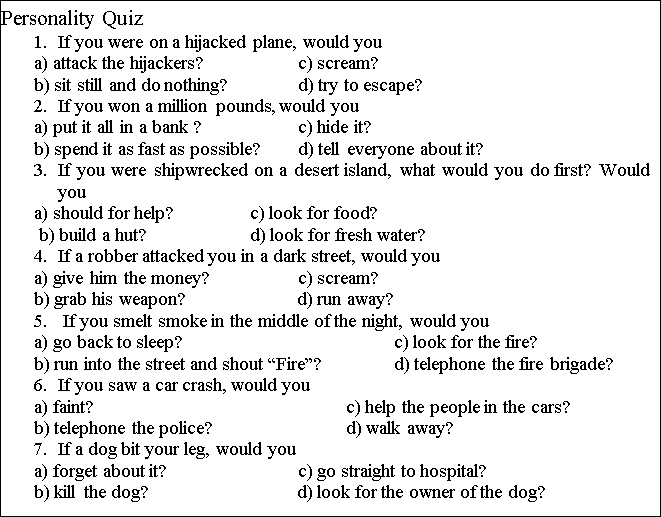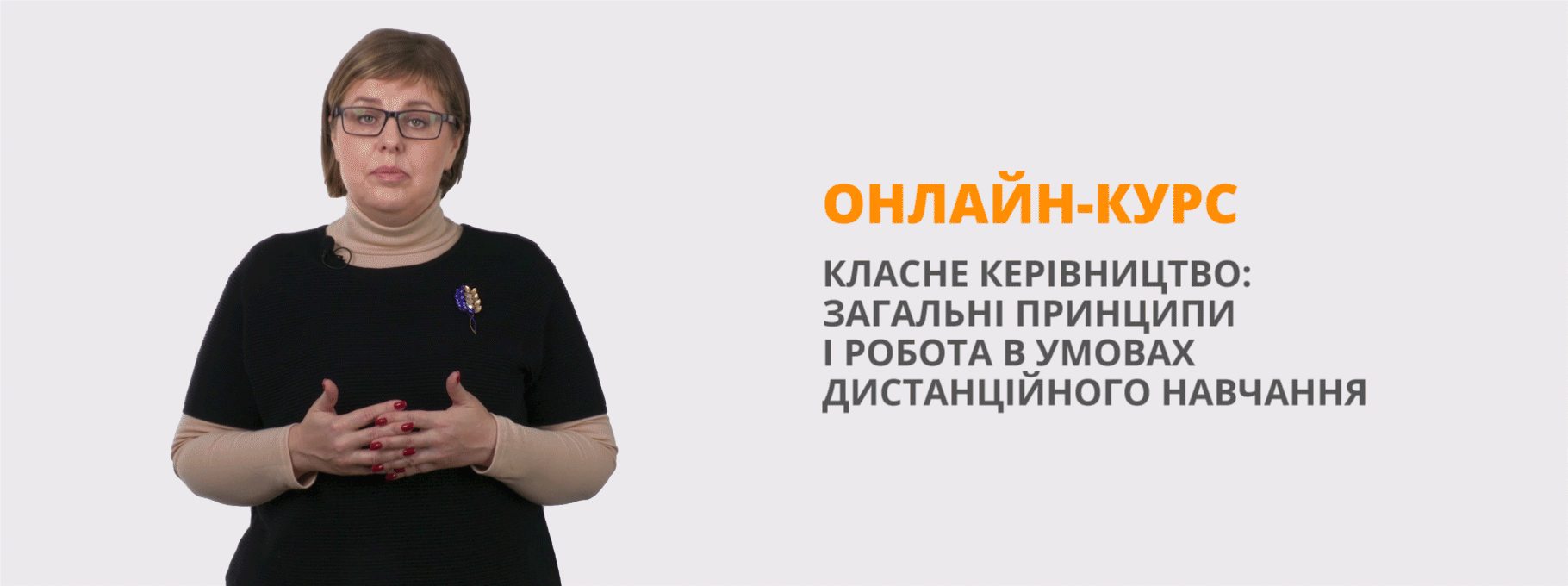Розробка уроку по темі : " КОНТРОЛЬ ПОЗАКЛАСНОГО ЧИТАННЯ"
Підтема: Даніель Дефо, автор “Робінзон Крузо”. Контроль позакласного читання.
Мета: Практикувати учнів у читанні тексту з метою отримання загального уявлення (skimming) та з метою максимально повного й очного розуміння всієї інформації, що міститься в тексті (scanning).
Підготувати учнів до самостійного висловлювання на основі змісту прочитаного тексту. Проконтролювати підготовку позакласного читання.
Методико – дидактичне
забезпечення уроку: підручник, текст для читання “The autor of “Robinson Crusoe” (НО1), “True or False” (НО2), “Personality Quiz” (НО3), “Finish the Sentences”(НО4).
ХІД УРОКУ:
І. Підготовка до сприйняття іншомовного мовлення
Aim
1. Повідомлення теми та мети уроку.
T: The topic of our lesson is “Daniel Defoe, the author of “Robinson Crusoe”. By the end of the lesson you should be able:
- to identify main ideas and details from the text for reading;
- to discuss Task 8,9 to Home Reading.
Warm – up
2. Уведення в іншомовну атмосферу.
T: Read the following statement about reading, translate and say if you agree or disagree with it.
The more you read, the more you learn. The more you learn, the more you understand what you read. The more you understand what you read, the more you like to read. The more you like to read, the more you read.
ІІ. Основна частина уроку
Reading
1. Пред‘явлення тексту для читання “Daniel Defoe, the author of “Robinson Crusoe”
1. Pre – Reading Activities. Етап підготовки до читання тексту. Бесіда з учнями.
T: Have you ever read “Robinson Crusoe”?
What do you know about the author the book?
Is the book “Robinson Crusoe” still read by children and grown – ups?
2) While – Reading Activities. Етап читання тексту та виконання вправ під час читання.
(НО1):
Daniel Defoe, the author of “Robinson Crusoe”
Some books are better known than their authors. Some books are known to everybody, while their authors are almost forgotten. This can be said about “Robinson Crusoe”, one of the classics of world literature whose author is not remembered by many people in English – speaking countries.
“Robinson Crusoe” is story of a man shipwrecked on a desert island, who has many adventures there. It has been translated into almost every language, and is still read by children (and grown - ups) in every corner of the globe.
What do we know about Defoe?
Daniel Defoe was born in London more than three hundred years ago, in 1660, although the day and month are not known.
1960 was the three hundredth anniversary of his birth, and to mark it, Stoke Newington, one of London’s districts, organized an exhibition about Defoe, the time he lived, and interesting people who were alive at the same time.
Stoke Newington, in North London, is a working – class district of small houses, busy markets and small factories. Daniel Defoe was brought up there and lived there most of his life.
His father, James Foe, was a butcher and a non – conformist, and so he was disliked by the authorities who supported the Anglican Church.
There are several portraits of the author, and also a “wanted” description put out by the police because of a pamphlet he had written making fun of high churchman. In the notice he is described as: “A middle – citizen man of about forty years old, of dark – brown – coloured hair, but wears a wig”. The notice also said that Defoe had a hooked nose, a sharp chin, gray eyes and large mole near his mouth.
Sent to Prison
Whether the “wanted” notice was useful or not, it is difficult to say, but Defoe was soon found, arrested and sentenced to be put in the pillory three times and then to be imprisoned indefinitely. While he was in the pillory, the crowd, instead of spitting and shouting abuse at him, as was the custom, stood there in sympathetic silence. And so his sentence turned out to be a sort of triumph rather than a punishment.
In prison Defoe wrote many pamphlets and a “Hymn to the Pillory”. He remained there for about two years and when he came out he made his living as a government agent and as a writer.
“Robinson Crusoe” first appeared in 1719. It was based upon the real adventures of a Scottish sailor, Alexander Selkirk, who spent four years on the uninhabited island of Juan Fernandez in the Pacific Ocean. He also based his book upon Damper’s description of a journey round the world. It was intended to be read by children as an adventure story and by adults as a guide to dehaviour.
To be brought up – виховуватися
Non – conformist – інакомислячий (такий що не дотримується державної релігії)
Anglican Church – англійська церква (державна церква Англії) “wanted” – “розшукується” (за допомогою таких оголошень поліція розшукує злочинців)
To be put in the pillory – бути присудженими до позорного стовпа, стати посміховиськом
To turn out to be – перетворитися на
To make one’s living – заробляти гроші на житття
Dampier – Дампір (1652 - 1715), англійський мореплавець, здійснив три плавання навколо світу
- Skimming. Переглядове читання тексту з метою отримання загального уявлення про його зміст.
T: What do you want to know about the author of “Robinson Crusoe”?
Write 4 main questions about his life.
Look through the text and try to the answer for your questions.
- Scanning. Читання тексту з метою максимально повного й точного розуміння всієї інформаціїб що міститься в тексті та критичного її осмислення.
T: Read the text again.
Say if the sentences are true or false.
(HO2):
|
Daniel Defoe was born in Briton. The day and month of his birth are not known. Stroke Newington is in South London. His father, James Foe, was a butcher and non – conformist. Daniel Defoe pamphlet made fun of high statesmen. Daniel Defoe was sent to prison because of his pamphlets. “Robinson Crusoe” first appeared in 1719. It was based upon the real adventures of an Irish sailor. |
True |
False |
|
|
|
|
|
|
|
|
|
|
|
|
|
|
|
|
|
|
|
|
|
|
|
|
|
|
|
3) Post – Reading Activities. Контроль розуміння тексту та виконання післятекстових комунікативних вправ.
a) T: Answer the questions on the blackboard.
Is Daniel Defoe one of the classics of word literature?
What is his book “Robinson Crusoe” about?
Where and when was Daniel Defoe born?
In what part of London is Stroke Newington situated?
Who was his father?
Why was he sentenced to be put in the pillory three times?
What did Daniel Defoe write in prison?
When did his “Robinson Crusoe” first appear?
What was his famous book based upon?
Is “Robinson Crusoe” a guide to behavior for those who are shipwrecked on a desert island?
b) Tell about Daniel Defoe and his famous book “Robinson Crusoe”.
- Doing Quiz.
T: Some people are calm. Others are nervous. Some people can stay calm in a crisis.
Other people panic. What about you? Are you a survivor? True this personality quiz.
(HO3):

Answers to personality test.
Your score:
1a 4b 1c 3b 5
2a 1b 2c 4b 5
3a 5b 4c 2b 1
4a 1b 4c 3b 2
5a 4b 3c 3b 3
6a 4b 2c 3d 1
7a 5b 4c 2d 1
Are you survivor?
0 – 10: In a crisis you would be cool and calm. You would survive accidents, hijacks and fires. You’re a real survevor becouse you alwoys think of yourself first. But perhars you would have more friends if you thought more of other people.
11 – 18: You would stay calm in most crises and would probably survive. But you would also try to help other people and you would risk your own life. A true survivor would only think of herself or himself.
19 – 25: You aren’t really a survivor. You’re too emotional. In a crisis. You would panic too easily. If you panicked, you wouldn’t be able to think clearly.
26 – 32: You aren’t a survivor at all. In a crisis you would try to be a hero. If someone attacked you, you would defend yourself. You would die bravely, but wouldn’t it be better to live to fight another day?
Check on
2. Контроль позакласного читання, завдання 8,
Home Reading 9 (стор. 102 - 105)
- Pre – Reading Activities. Етап підготовки до читання тексту. Бесіда з учнями.
T: What is “Robinson Crusoe” about?
Was it based upon the real adventures of a Scottish sailor?
What was his real name?
How many years did he spend on the uninhabited island?
What was this book intended for
- While – Reading Activities. Етап читання тексту та виконання вправ під час читання.
T: Look through the first and the second part of the text to refresh your Home Reading, do the following activity then.
Read the text and translate the sentences with the words in bold type into Ukrainian.
(Прочитайте текст і перекладіть речення з виділеними словами на українську мову).
Keys:
Робінзон Крузо
(За Даніелем Дефо)
Він мав друга, батько якого був капітаном корабля. Це була перша подорож Робінзона. Тепер він був моряком і дуже любив свою роботу. Корабель розбився, а команда врятувалась у маленькому човні високі хвилі підняли їхній човен і кинули на великі камені. Усі люди потонули. Хвилі винесли його на берег. З‘ясувалося, що він на острові. Був відлив і Робінзон побачив корабель. Він побачив там багато корисних речей, Робінзон знайшов трохи дерева та інструменти на кораблі і почав майструвати плот. Там були інструменти, зброя, порох та багато інших речей. Він розбився на шматочки.
Частина ІІ
Він зробив його з товстих дерев та лози. Одного разу Робінзон був на березі моря, коли він побачив 5 човнів біля острову. Він підбіг до купи дерев і сховався за ними. Човни підпливли до берега і багато чорношкірих людей вийшли на берег. Вони розпалили велике багаття і танцювали навколо нього. Потім він гукнув чоловікові, щоб вони підійшли до нього.
- Post – Reading Activities. Контроль розуміння тексту та виконання післятекстових комунікативних вправ.
а) T: Answer the questions of ex. 2, p. 103 – 104.
b) Retell the first part of the text using the questions as a plan.
c) Finish the sentences and make up the summary of the second part of the text.
(HO4):

ІІІ. Заключна частина уроку.
Homework
1. Домашнє завдання.
Підготуватися до контрольної роботи. Повторити впр.4 (стор. 80), впр.11(стор. 81 - 82), впр. 12 (82 – 83 )
Summarizing
2. Підбиття підсумків уроку.
T: What have we done today?
Do you like a book “Robinson Crusoe”?
Was it intended to be a guide of behavior for those are shipwrecked on a desert island?

про публікацію авторської розробки
Додати розробку
